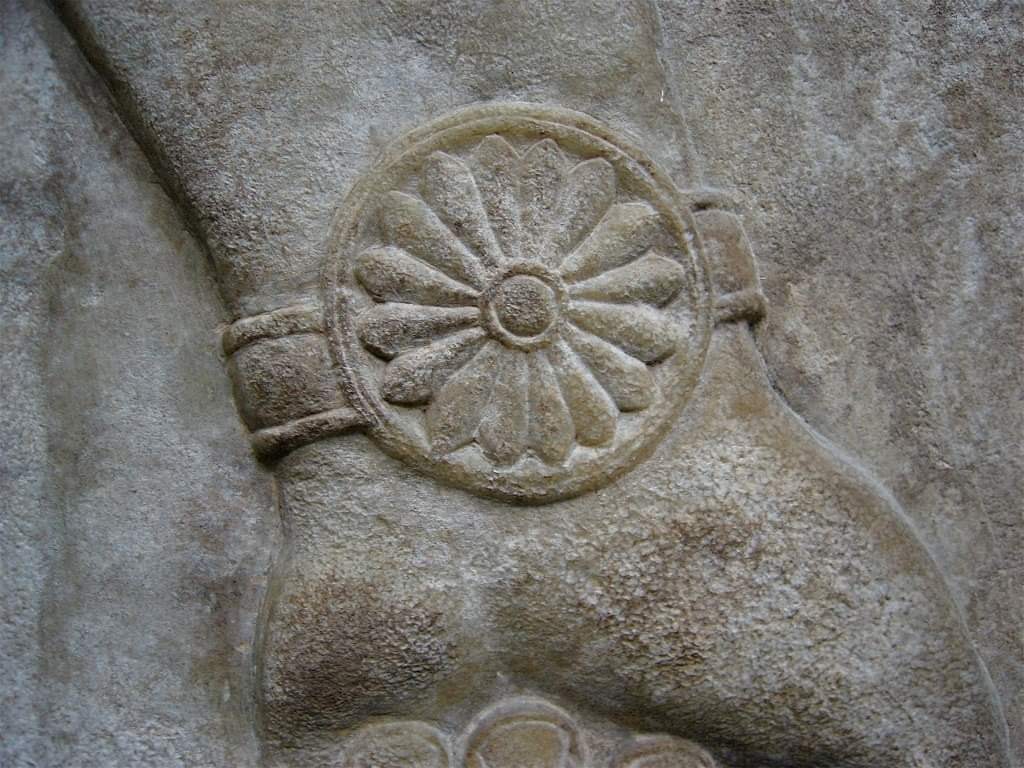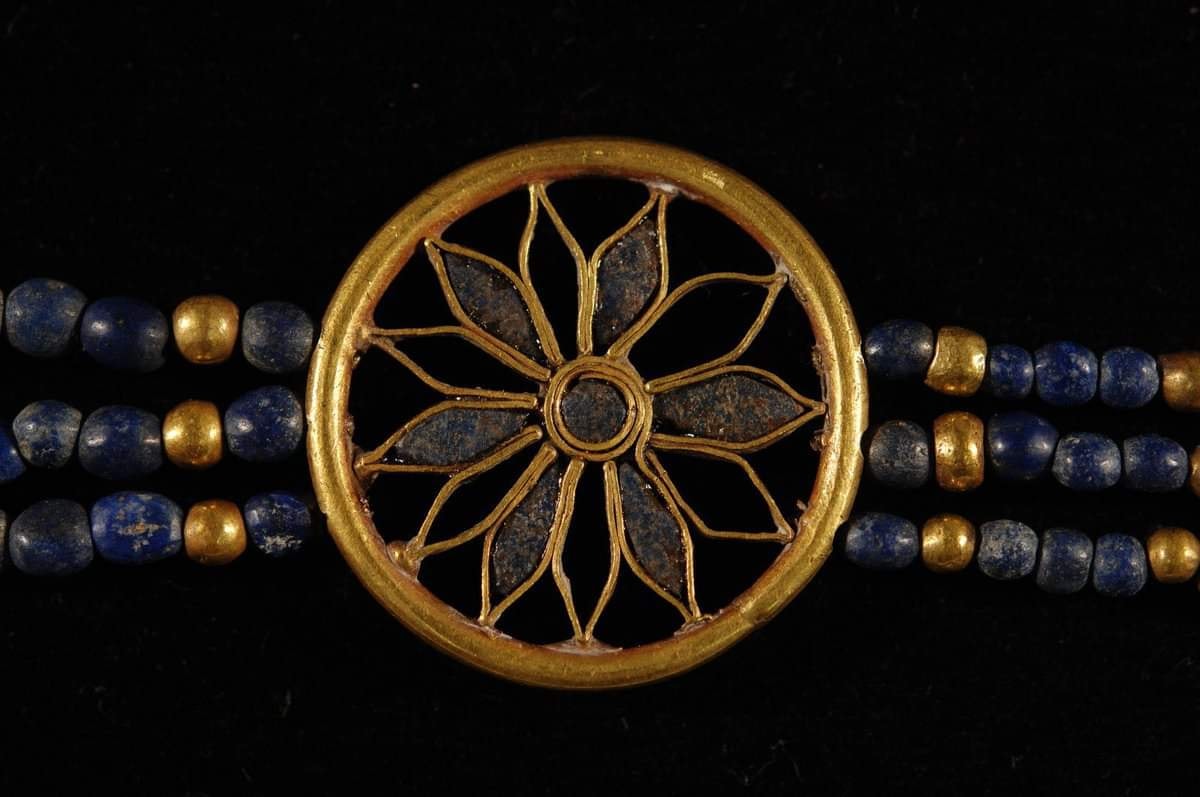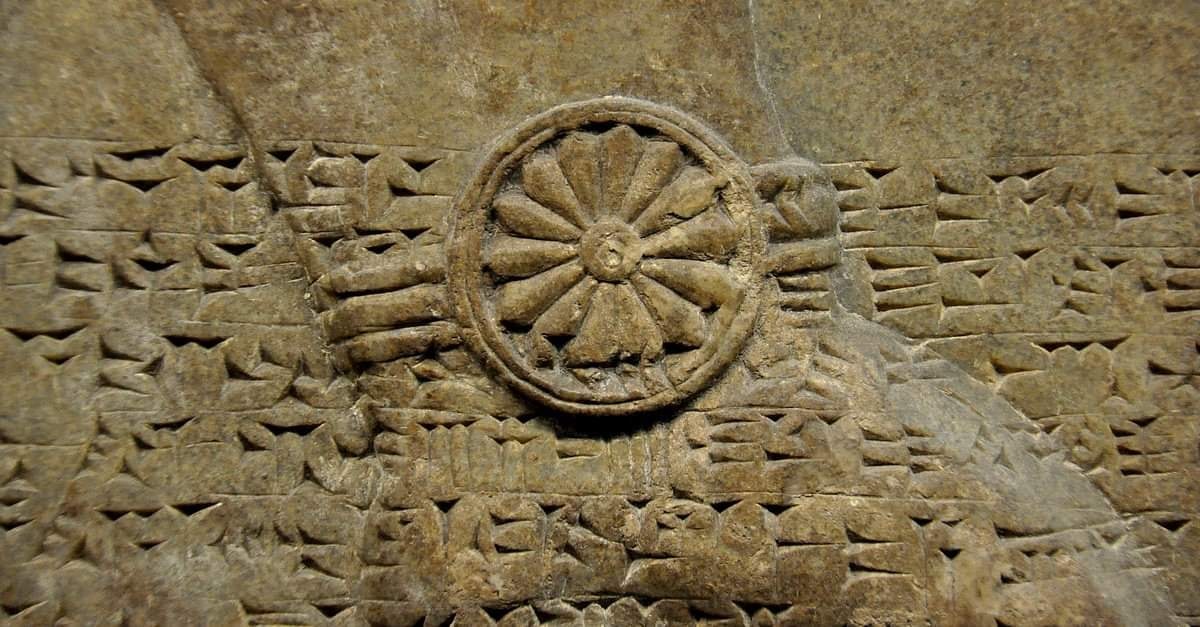The so-called “Sumerian wristwatch,” often seen in ancient Sumerian carvings, has been a topic of debate among enthusiasts and researchers.

These circular objects worn on the wrists of figures in Sumerian art have sparked wild theories, from ancient technology to extraterrestrial artifacts.
However, experts in Mesopotamian history and archaeology offer a more grounded explanation.



